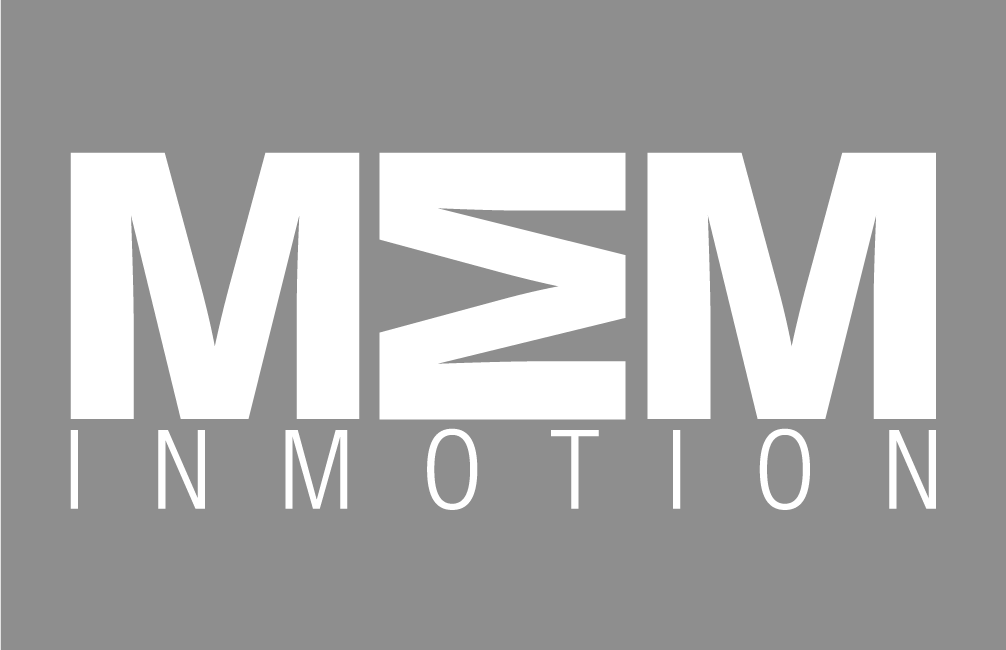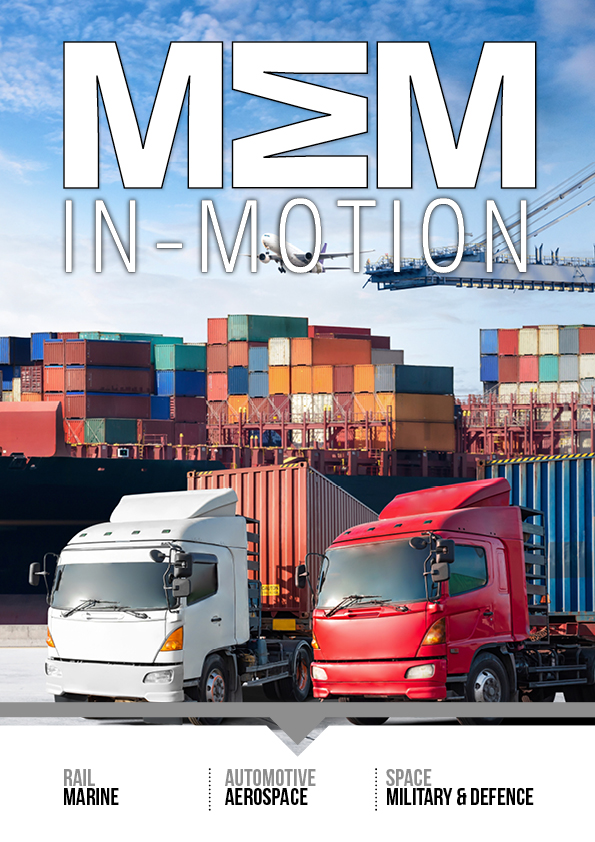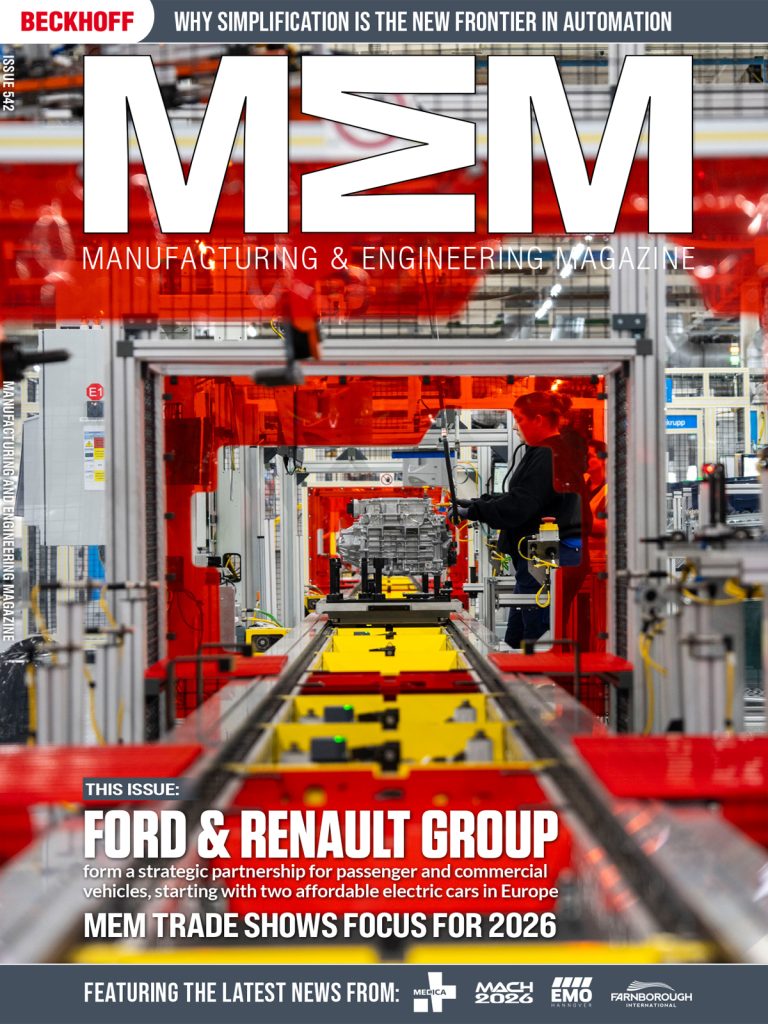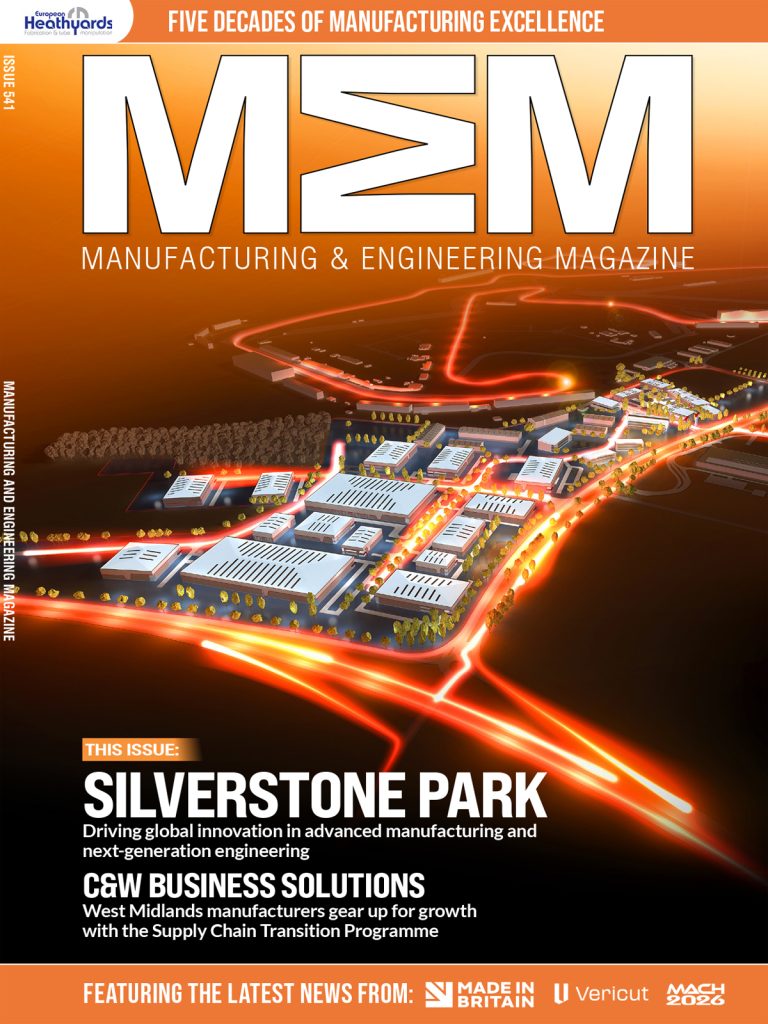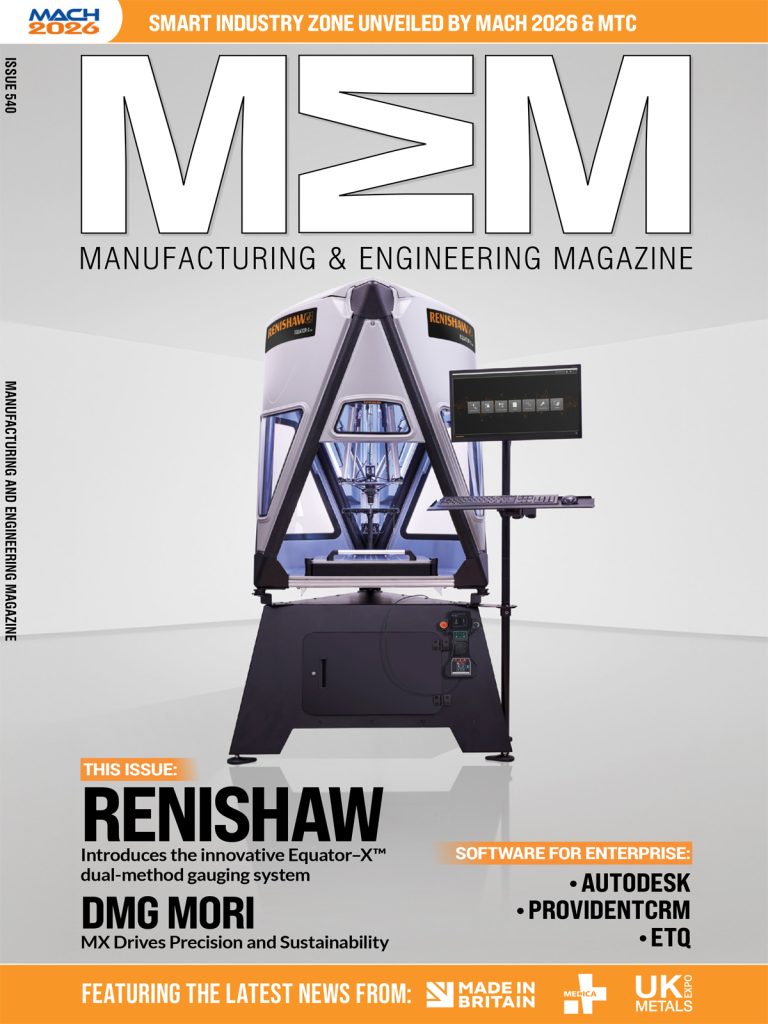New Horizon Aircraft (NASDAQ: HOVR), doing business as Horizon Aircraft (“Horizon Aircraft” or the “Company”), an advanced aerospace engineering company and developer of the world’s first eVTOL (electric Vertical Take-Off and Landing) that can fly most of its mission exactly like a normal aircraft, recently announced that Tom Brassington has been appointed as Chief Technology Officer.
Tom is the latest in a series of new hires as Horizon Aircraft continues to bolster its engineering team with people who have proven track records in the aerospace sector. Tom joins from Lilium, a leading eVTOL developer, where he held the position of Head of System Design Engineering. He takes up his new role at Horizon Aircraft at the end of October 2024.
Tom has 17 years’ experience working in aerospace systems engineering and his visionary leadership and technical expertise, alongside his extensive experience working in the eVTOL space, will greatly enhance Horizon Aircraft’s engineering team’s capabilities, streamline development processes and drive innovation.
Other skills include additional eVTOL certification expertise ahead of Horizon’s production of the Cavorite X7, a piloted seven-seat hybrid electric eVTOL. The aircraft has been developed in response to demand from potential customers in the medevac, business aviation and commercial cargo sectors.
Brandon Robinson, CEO of Horizon Aircraft, said: “We are thrilled to welcome Tom to our team of visionary and highly talented engineers. Tom’s experience is rare – he has seen firsthand the challenges associated with eVTOL aircraft development and certification – and we feel very fortunate that he has placed his confidence in Horizon Aircraft. His experience will be invaluable as we continue the design, production, and testing of our Cavorite X7 aircraft.
Tom Brassington commented: “The eVTOL sector is a very crowded marketplace. As it develops it is becoming clearer which companies are likely to succeed, and Horizon Aircraft is one of those few companies that maintains a strict operational focus, has a realistic concept that will work with current technology, and has built a highly experienced team that can deliver. This is an exciting period in the company’s growth, and I am very much looking forward to being part of this.”
Horizon Aircraft’s Cavorite X7 aircraft will have a gross weight of an estimated 5,500 lbs with a projected useful load of 1,500 lbs. With an estimated maximum speed of 250 miles per hour and an average range of over 500 miles with fuel reserves, Horizon believes that this experimental aircraft, if eventually licensed for commercial use, would be well-positioned to excel in medical evacuation, critical supply delivery, disaster relief, and special military missions. The Company believes that the proposed aircraft would also be attractive for Regional Air Mobility – moving people and cargo 50 to 500 miles.
Unlike many in its category, the Cavorite X7 is being designed with a hybrid electric power system. The Company is designing the Cavorite X7 such that it could, after its vertical takeoff, re-charge its batteries enroute when it is flying in a configuration like a traditional aircraft. After a vertical landing and completion of a mission, the Company is designing the Cavorite X7 to recharge its battery array in under 30 minutes to be ready for its next mission.
Horizon believes that its innovative approach and technology will allow the Cavorite X7 to fly 98% of its mission in a very low-drag configuration like a traditional aircraft. The Company believes that flying most of the time as a normal aircraft is also safer and will make the aircraft easier to certify than other radical new eVTOL designs. The Cavorite X7 will be powered by a hybrid electric system that will recharge the battery array in-flight and post-flight, while also providing significant system redundancy. The Company is continuing the testing of its 50%-scale aircraft that it believes will reduce technical risk moving forward as it continues to develop its full-scale aircraft.
Manufacturing & Engineering Magazine | The Home of Manufacturing Industry News


